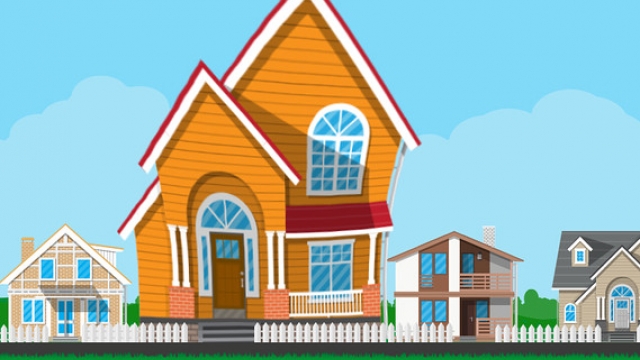
The incredible shrinking American yard
http://ift.tt/2xNxiHq
Houses are packing on the pounds, and yards are paying the price.
Since 2015, the estimated median footprint of a single-family home has grown to an all-time high of 2,020 square feet, according to an analysis from Trulia, while the average lot size has shrunk to 8,940 square feet.
That makes the “lot usage” measurement — how much land is devoted to house, rather than green space — an all-time high of 25%.
Average lot sizes have shrunk by more than one-third since 1975, Trulia noted, and homes have become 15% bigger during that time.
Part of the increase may be due to the rise in “tear-downs” – a home built on a site where a previous structure existed.
The National Association of Home Builders estimates there were 79,200 tear-downs in 2016, up from 55,200 in 2015, and Chief Economist Robert Dietz told MarketWatch that he expects that trend to continue as the housing stock ages and demand for inner suburban locations swells.
NAHB doesn’t collect data on how big the new homes are in relation to the ones that were torn down, but as Dietz puts it, “anecdotally a tear-down typically involves a smaller, less-energy efficient home being replaced by a large structure that is more resilient and energy-efficient.”
Read: When the dining room turns into a play room, you know the kids are in charge
But another reason is simply that America is aging. In 1802, when Trulia’s records begin, the median lot size was 65,340 square feet, or an acre and a half – huge by today’s standards but logical for an agricultural society with boundless space for the taking.
Over time, lot size fell steadily, to about one-tenth that size a century later. But in the mid-twentieth century, thanks to the automobile, the interstate highway system, and the government’s efforts to boost the housing finance system, Americans fled to outer suburbs, and lot sizes surged once again.
More recently, we’ve been lured closer to densely-populated cities, but, as Trulia notes, “many people like the idea of living in a single-family home and having a yard to call your own along with some space between themselves and their neighbors.” Yes, even millennials.
Read: Millennials are buying homes, and they’re buying them in the suburbs
The rise of McMansions may be another reason, although the large, mass-produced eyesores that mushroomed along with the housing bubble have declined in favor.
As always with real estate, local details tell stories of their own. New England boasts the most housing markets where a home’s footprint takes up less space, even for recently-constructed homes, Trulia’s analysis found.
In metro areas like Worcester, Mass., Hartford, Conn, Bridgeport, Conn., and New Haven Conn., homes built after 2014 take up less than 10% of the lots on which they sit.
But single-family homes in Philadelphia and San Francisco, which Trulia calls “geographically small but dense,” have the highest lot utilization rates.
business
via MarketWatch.com – Top Stories http://ift.tt/dPxWU8
